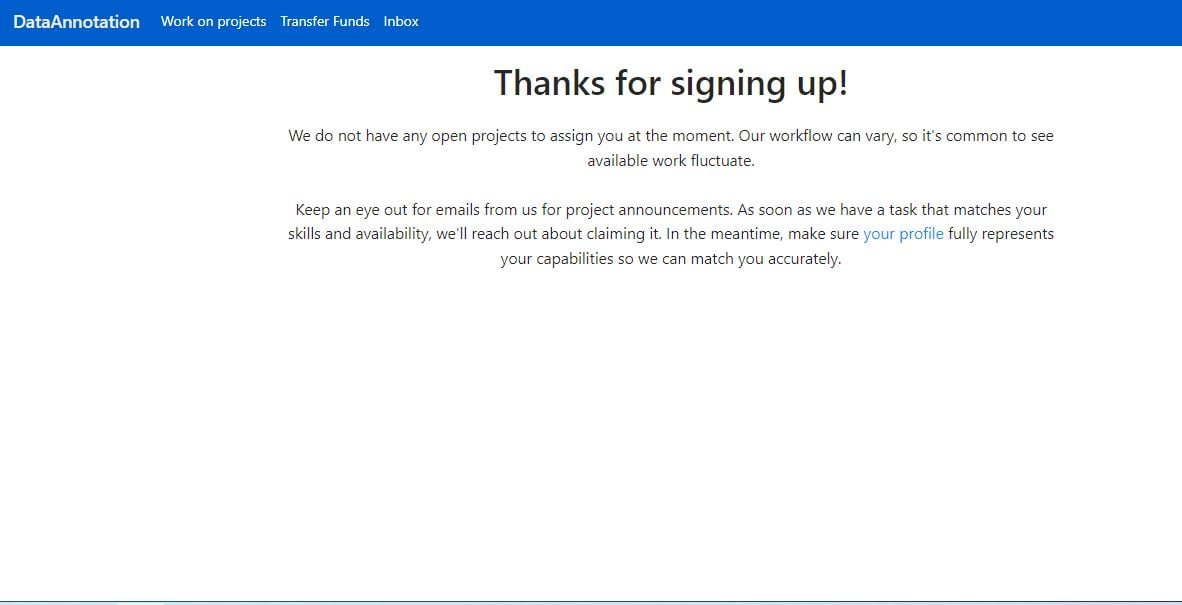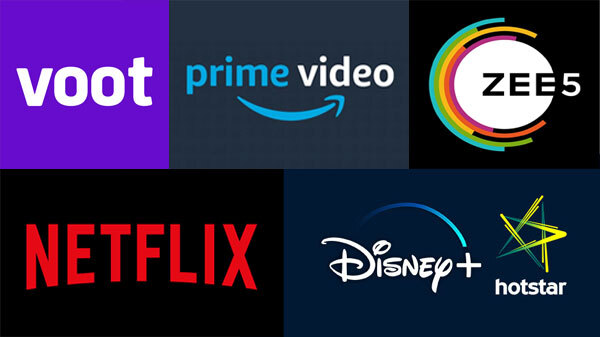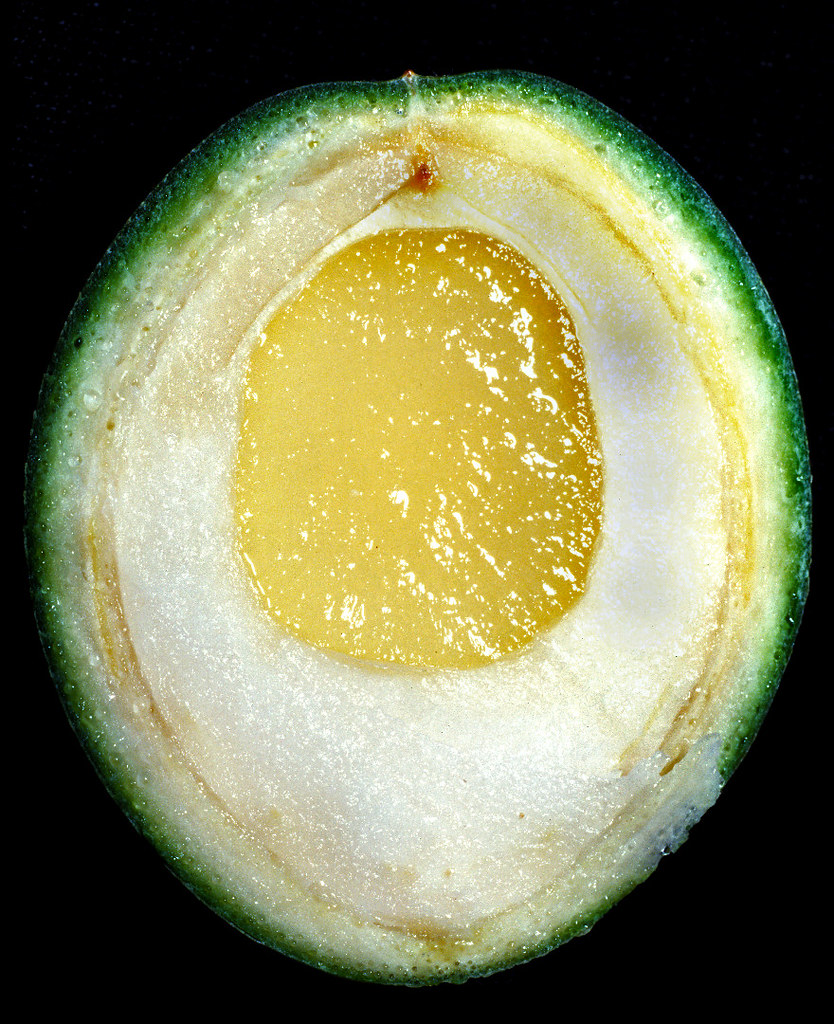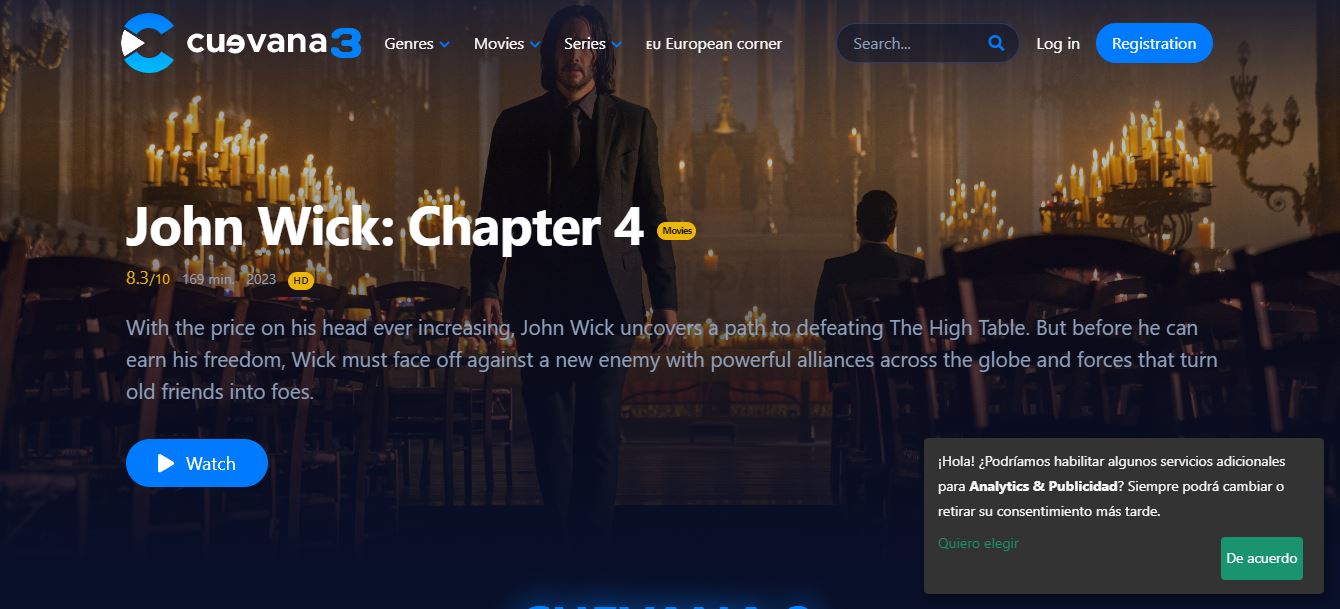Table of Contents
The full form of OTT is “Over-The-Top.” It refers to the delivery of audio, video, and other media content over the internet, bypassing traditional distribution channels like broadcast, cable, and satellite TV providers. OTT platforms allow users to access and consume content on-demand, anytime and anywhere, using a range of internet-connected devices such as smartphones, tablets, smart TVs, and gaming consoles. Examples of popular OTT platforms include Netflix, Amazon Prime Video, Disney+, and Hulu.
What is OTT and Why is it Changing the Way We Watch TV
Over the top (OTT) is a term used to describe the delivery of video content over the internet, bypassing traditional cable or broadcast TV providers. This means that viewers can access their favorite TV shows, movies, and other content on demand, at any time, on any device with an internet connection.
OTT has been around for a while, but it has gained significant traction in recent years as more and more people cut the cord with traditional TV providers. In fact, a recent report from eMarketer found that nearly 200 million people in the US will use an OTT service this year, representing more than half of the country’s population.
So what’s driving this shift to OTT? For starters, it offers viewers more control over their viewing experience. Instead of being tied to a cable or satellite TV schedule, they can watch what they want, when they want, and on the device of their choice. This makes it much easier to fit TV watching into their busy schedules.
OTT also offers a wider selection of content than traditional TV providers. Viewers can access content from multiple providers, including big names like Netflix, Amazon Prime Video, and Hulu, as well as niche services that cater to specific interests or genres. This means that viewers can find content that appeals to their unique tastes, rather than being limited to what’s available on a particular channel.
In addition to offering more control and choice, OTT services are often more affordable than traditional TV packages. This is especially true for cord-cutters who were paying for a bundle of channels they didn’t necessarily want. With OTT, viewers can pick and choose the services they want and only pay for what they use.
But while OTT offers many benefits to viewers, it also presents some challenges for content creators and distributors. For example, the competition for viewers’ attention is fierce, with new services popping up all the time. This means that content creators need to be more innovative and creative to stand out in a crowded market.
OTT also requires a different distribution strategy than traditional TV. Instead of relying on cable providers to distribute content, content creators need to work with OTT platforms to make their content available to viewers. This means understanding the different technical requirements of each platform and optimizing content for each one.
Despite these challenges, it’s clear that OTT is here to stay. As viewers continue to demand more control, choice, and affordability, content creators and distributors will need to adapt to the new landscape. Whether you’re a viewer or a content creator, understanding the opportunities and challenges of OTT is essential for staying ahead in today’s rapidly evolving TV market.
What is OTT in the film industry?
In the film industry, OTT platforms are online streaming services that provide access to movies, TV shows, and other video content to subscribers for a monthly fee.
Some popular examples of OTT platforms in the film industry include Netflix, Amazon Prime Video, Hulu, Disney+, and HBO Max. These services have become increasingly popular in recent years, as more and more viewers have turned to stream as a convenient and affordable way to access entertainment content.
Is Netflix an OTT?
Yes, Netflix is an OTT (over-the-top) media service provider. OTT refers to any streaming service that delivers video content over the internet, bypassing traditional distribution methods like cable or broadcast TV. Netflix streams movies, TV shows, and original programming directly to subscribers via the internet, making it an example of an OTT platform.
Which OTT is best in India?
There are several OTT (Over The Top) platforms available in India, and the choice of the best one can depend on personal preferences, content preferences, and budget. Some of the popular OTT platforms in India include:
Netflix – It offers a wide range of content, including TV shows, movies, documentaries, and originals, across multiple languages.
Amazon Prime Video – It offers a mix of Indian and international content, including TV shows, movies, and originals, along with access to other Prime benefits.
Disney+ Hotstar – It offers a variety of content, including live sports, movies, TV shows, and originals, across multiple languages.
Zee5 – It offers a mix of Indian and international content, including TV shows, movies, originals, and live TV channels.
Sony Liv – It offers a mix of Indian and international content, including TV shows, movies, and live TV channels.
Ultimately, the best OTT platform for you will depend on your personal preferences and the type of content you enjoy watching.
Why is OTT so cheap in India?
There are several reasons why Over-The-Top (OTT) services are relatively cheap in India:
High competition: There are many OTT players in the Indian market, such as Netflix, Amazon Prime Video, Disney+ Hotstar, ZEE5, and others. This high level of competition leads to pricing wars among the service providers, and they offer their services at a lower cost to attract more customers.
Low cost of production: The cost of producing content in India is relatively lower than in other countries. This is due to factors such as lower labor costs, lower production costs, and favorable government policies.
Lower purchasing power: The average income in India is relatively lower compared to other developed countries, and the purchasing power of Indian consumers is also lower. Therefore, to cater to this market, OTT providers offer their services at a lower cost.
Flexible pricing: Many OTT providers offer different pricing plans to cater to different segments of the market. For example, Netflix offers a mobile-only plan that is cheaper than its standard plan, which makes it more accessible to people who can only afford a lower-priced plan.
The high competition, low cost of production, lower purchasing power, and flexible pricing plans are some of the reasons why OTT services are relatively cheap in India.
How does OTT earn money?
OTT (Over-The-Top) platforms are streaming services that provide video content over the internet without requiring users to subscribe to a traditional cable or satellite TV service. They earn money in several ways:
Subscription fees: Many OTT platforms generate revenue through subscription fees, where users pay a monthly or annual fee to access their content.
Advertising: Some OTT platforms offer free content that is supported by advertising revenue. They may display ads before, during, or after the content, or use product placement to generate revenue.
Pay-per-view: Some OTT platforms allow users to rent or purchase individual pieces of content on a pay-per-view basis, where users pay a one-time fee to access the content.
Licensing: OTT platforms may also generate revenue by licensing their content to other platforms or networks. For example, a popular TV show or movie may be licensed to a traditional TV network or streaming service, generating revenue for the OTT platform that owns the content.
Overall, OTT platforms use a combination of these revenue streams to generate income and sustain their operations.
Also, read the Computer shortcut keys
































Comment on “OTT full form – “Over-The-Top””
Comments are closed.